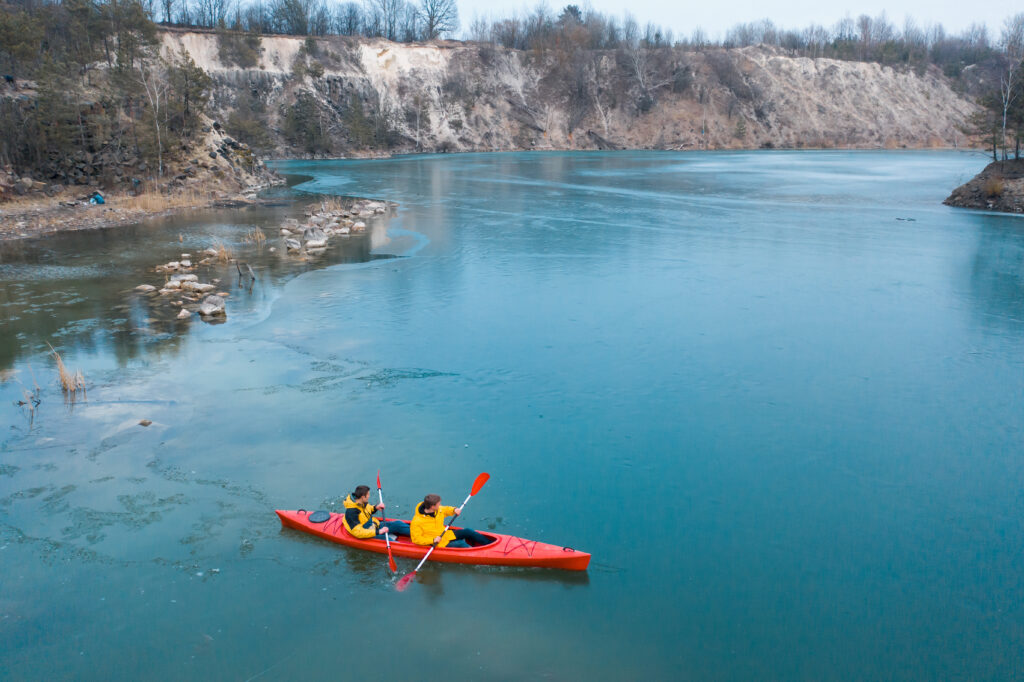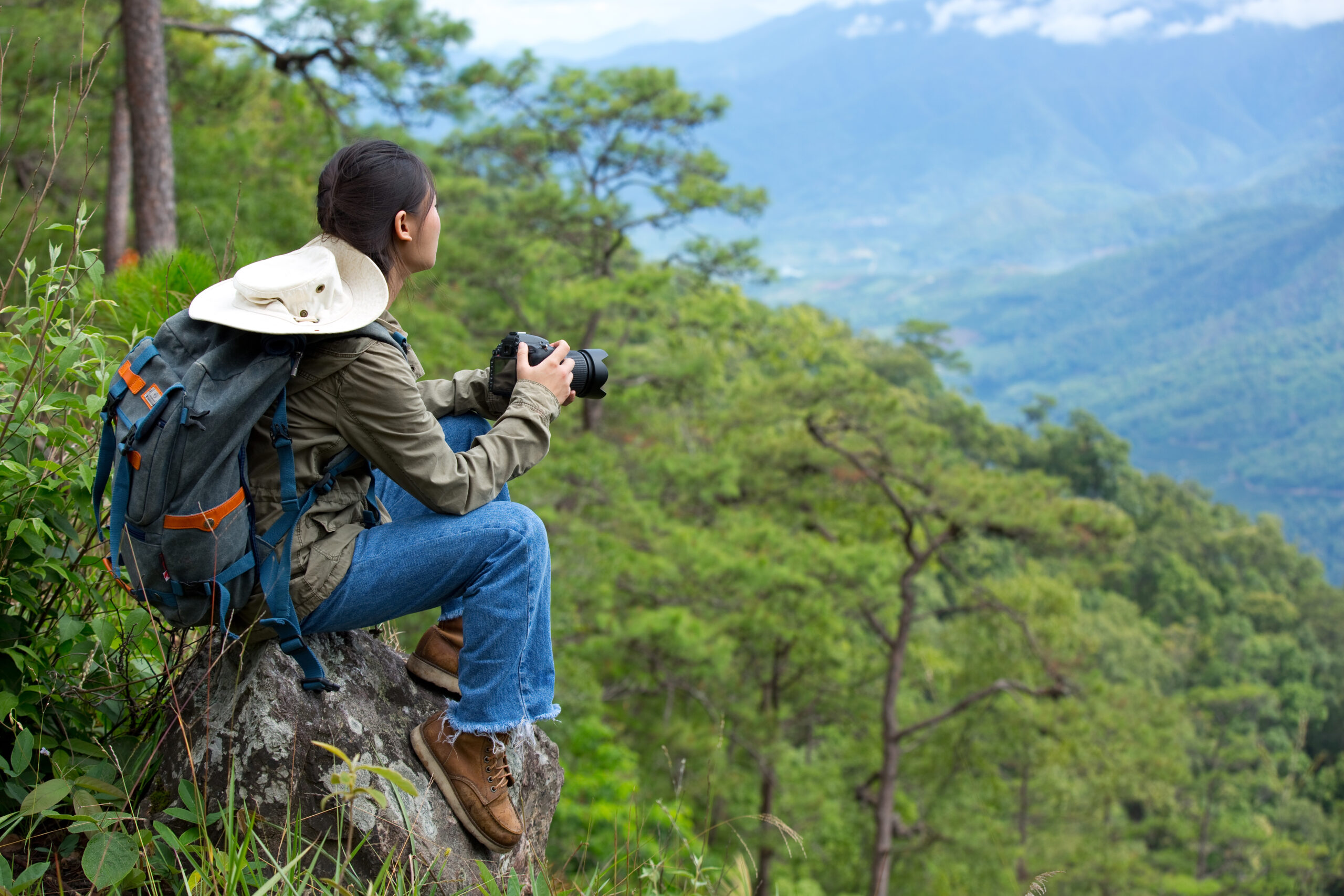The region around Tweedsmuir Provincial Park and Bella Coola is a wild, astounding playground for outdoor enthusiasts. Towering peaks, glacier‑fed rivers, dense rainforest, remote alpine lakes and the coast all converge here. If you’re staying at The Cumbrian INN as your base, you’re ideally positioned to explore the very best adventure activities: fishing, canoeing, paddling, river drifts, hiking, aerial tours, wildlife viewing, and more.

Why Use The Cumbrian INN as Your Base
Walking into the heart of Bella Coola, The Cumbrian INN is more than just a place to sleep — it’s your launchpad into wilderness. Why it works so well:
- Central access: Many tours, operators, and launch points are in or near Bella Coola, so you minimize daily travel.
- Comfort & flexibility: After full days of adventure, you return to reliable lodging, meals, rest, and local hospitality.
- Coordination hub: The Inn can assist you in booking guides, floatplane drops, gear pick‑ups, and transfers.
- Safety & staging point: It gives you a known, secure place to stage for backcountry forays, with local knowledge and support.
Throughout this post, all suggested tours, guides, and rental ideas take The Cumbrian INN as your home base.
1. Fishing in the Tweedsmuir / Bella Coola Region
Fishing stands out as one of the most compelling ways to experience the wild waters here. Whether casting for trout in mountain tributaries or salmon in main rivers, the interface between freshwater and coastal systems brings variety.
Guided Fishing Experiences
For many visitors, guided fishing is the ideal way to begin:
- A drift‑boat fishing trip on the Atnarko River is a classic option. You’ll float in a stable McKenzie drift boat, stopping at prime holes along the banks or wading near the edge.
- The guide, often an experienced oarsman, handles boat navigation, reading flow, and guiding you to fishing zones. They bring the appropriate rods, reels, tackle, waders, lifejackets, and basic instruction.
- Trips typically last 6 to 7 hours and are suited to anglers of varied skill levels — from beginners wanting casting instruction to more seasoned anglers pursuing trout or salmon species.
- In some instances, land‑based fishing outings (wading or shoreline casting) are offered as an alternative for quieter, more intimate settings.
Your guide ensures you get safety briefings, orientation, and insight into the river ecology and species habits.
What You Can Catch & When
- Rivers such as the Atnarko, Bella Coola, and tributaries hold five species of Pacific salmon, along with rainbow trout, cutthroat trout, Dolly Varden, and assorted char species.
- In alpine and backcountry lakes, you may encounter rainbow trout, cutthroat trout, or landlocked char depending on the lake’s ecology.
- The fishing season is generally strongest in summer (July through August), when flows stabilize and species are active.
- Be aware that some river sections may close to fishing during spawning season or to protect wildlife, especially grizzly bear food sources.
Things to Know & Gear Suggestions
- You will need a valid provincial fishing license (freshwater and salmon as appropriate).
- Guides typically provide standard fishing equipment; however, if you bring your personal rod or fly rig, especially for specialized fly fishing, it can be accommodated.
- Dress in layers; expect variable weather, river spray, and wind.
- Use polarized sunglasses, bring sunscreen, insect repellent, a hat, and a camera.

Overview of Tweedsmuir Provincial Park
Flowing waters and alpine chains of lakes beckon paddlers. Whether you’re gliding across serene lake surfaces or navigating calm river drifts, there’s a range of options.
Turner Lake Canoe Chain & Backcountry Circuit
A crown jewel of the region is the Turner Lake chain, a network of about seven lakes interconnected via short creeks and portages, at high elevation on the east side of the park. Because there is no road access, paddlers either hike in via the Hunlen Falls Trail or take a floatplane drop to begin. The route is considered a 3–5 day canoe circuit.
Key features:
- Scenic, remote, and wild — each lake introduces new mountain vistas, wind-exposed stretches, and shorelines with dramatic relief.
- Portages are relatively short (often a few hundred meters) and well marked; the longest may approach 1 km.
- Challenges include wind on the lakes (which can be strong, channelled by mountain corridors), navigating creek-fed transitions, and managing gear.
- Canoe rentals and a wilderness campsite system are available via the park operator for those doing the circuit.
- The canoe chain is open roughly from June 15 to September 15 — outside that window, lake access or lake levels may not permit safe passage.
- From The Cumbrian INN, you could arrange a floatplane drop or hike-in start, paddle the circuit, and fly or hike out, depending on your chosen segment.
3. Hiking, Scenic Flights & Experiential Tours
To complement your water-based adventures, the region offers lofty ridges, alpine meadows, scenic flights, and immersive nature walks.
Guided Valley & Alpine Hikes
- Rainbow Range hikes are standout treks: a 14 km round-trip route through burned forests, subalpine zones, and volcanic peaks. The vistas of multicolored ridges reward the climb.
- In the Bella Coola Valley, guided walks range from gentle valley routes (e.g. along the Tote Road) to steeper loops up toward lookouts and waterfalls.
Scenic & Aerial Tours
- Heli‑sightseeing and helicopter-assisted hikes place you into otherwise inaccessible alpine zones.
- Scenic flights over glacier fields, fjords, peaks, and deep valleys offer breathtaking perspective and photo ops.
Wildlife & Cultural Tours
- River drifts or guided rafting paired with nature narration allow you to see eagles, otters, and salmon activity in quiet terrain.
- Cultural walks engage you with Indigenous rock carvings, petroglyphs, forest lore, and valley history — stories passed down from local First Nations.
- Wildlife viewing platforms along rivers provide vantage points for observing bears, especially during salmon runs, without disturbing habitat.

4. Equipment Rentals, Logistics & Tour Operators
The success of your trip depends on smooth logistics — gear, transport, safety, and coordination.
Equipment Rentals & Gear Support
- For paddling (canoes, kayaks, paddles, PFDs), some outfitters or guides include rentals as part of their package.
- For large circuits like Turner Lake, canoe rentals and wilderness campsite systems are provided by the park operator.
Access, Transport & Permits
- Many remote destinations require floatplane or helicopter access. Coordinating these flights early is critical.
- The rotor/float operators often shuttle you from Bella Coola or nearby lakes to remote circuits or drop zones.
- Park permits, backcountry registration, and camping fees are needed. Operators often handle these logistics as part of your booking.
5. Sample 5‑Day Itinerary (Fishing + Canoe + Scenic)
Here’s a suggested itinerary to blend fishing, canoeing, and scenic exploration — all launched from The Cumbrian INN.
| Day | Morning | Afternoon / Evening |
|---|---|---|
| Day 1 | Arrive at Bella Coola, settle at The Cumbrian INN | Brief orientation with local guide, light walk by river, gear check |
| Day 2 | Full-day guided drift fishing on the Atnarko or tributaries | Return to Inn, review the day, dinner, rest |
| Day 3 | Transfer via floatplane or charter to start Turner Lake canoe chain | Paddle first lake(s), set camp in backcountry or stay in a cabin drop |
| Day 4 | Continue paddling through the canoe chain, transitions, portages | Reach far‑end lake or alternate camp; optional alpine side hike |
| Day 5 | Paddle out or fly out, return to Bella Coola | Optionally, take a scenic flight or valley hike before departure |

Frequently Asked Questions
1. Do I need advanced experience in fishing or paddling to go on these trips?
No — many activities are designed for mixed-ability levels. Guides adjust pace and route complexity. For example, guided drift-fishing trips assume minimal prior experience, and interpretive paddling or river drifts often use calm stretches. Still, a basic level of physical fitness, comfort with being outdoors, and willingness to learn will help.
2. What is the best season to visit for fishing, canoeing, and wildlife sightings?
Mid-summer (July through early September) generally offers the most stable conditions: rivers calm, fish active, and aerial access reliable. The Turner Lake canoe circuit is open June 15 to September 15. Outside these months, lake levels, snow melt, or wildlife sensitivities may limit options.
3. How far in advance should I book guides, flights, and equipment?
Book as early as possible — floatplane seats, heli tours, and guide availability are limited. Reservations several months ahead ensure you can lock in preferred days and resources. Last-minute bookings risk missing core experiences.
4. What essential gear should I bring (versus what is provided)?
Bring layered clothing (dry layers, mid‑insulation, waterproof shell), sunglasses (polarized), sun protection, insect repellent, sturdy shoes, camera, hydration system, and personal items. Guide-provided gear often covers paddles, PFDs, fishing rods, and basic kit—but bringing your own preferred rod or fly setup is advantageous.
5. How do I stay safe with wildlife, especially bears, in this region?
This is true wilderness and grizzly/black bears roam widely. To stay safe: always travel with guides in bear country, follow their protocols, carry bear spray, use bear-safe food storage (caches or bear hang), retain noise while traveling, and follow all instructions when around rivers or streams where salmon runs attract wildlife. Respect their space and observe from safe distance.
Final Thoughts
Stay flexible — weather or water conditions may require you to swap a day of paddling for a heli hike or vice versa.
Communicate plans — always leave your route with someone, especially before entering remote zones.
Respect in-camp and route protocols — adhere to no-trace principles, use designated trails and campsites, minimize impact, avoid disturbing wildlife.
Pace yourself — backcountry days are full; rest, hydrate, and eat well.
Ask your guides questions — their local knowledge adds so much to your experience: geology, ecology, Indigenous stories, hidden gems.

